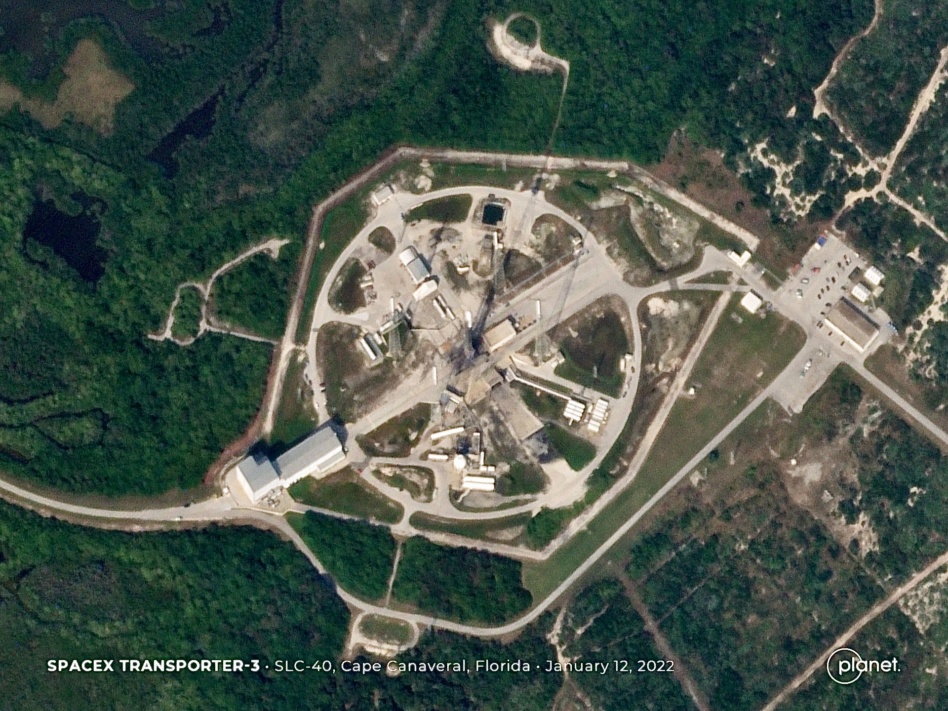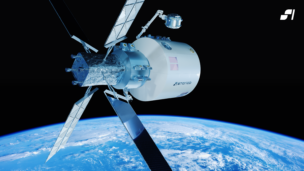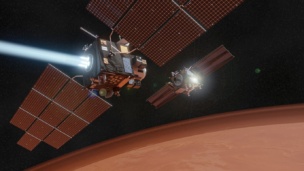Goldman Sachs has initiated coverage of Planet (NYSE:PL) with a buy rating and $11 price target, implying an upside 80+%. $PL traded up ~10.5% on Wednesday.
Earth observation (EO) company Planet went public (via SPAC, obviously) in early December, in a deal valuing the company at $2.8B. The company’s stock has fallen by ~50% since then. At the time of writing, Planet’s market cap sits at ~$1.6B.
Goldman’s view: In the Jan. 12 note, seen by Payload, analysts justify their bullish stance with the fundamental strengths they see in Planet:
- A “first-mover advantage” in daily planet-wide scans.
- Vertical integration—using in-house, low-cost satellites—paired with a one-to-many sales strategy is highly scalable. Not to mention, profitable: Goldman analysts expect Planet to reach and maintain over 30% EBITDA margins at scale.
- Timing. $PL trades at 4.9X EBITDA and 1.3X sales, Goldman notes, “suggesting the market heavily discounts them.”
- A broader tailwind = EO’s explosive growth. Not to put too fine a point on it, but “the TAM [total addressable market] is huge,” Goldman notes.
Worth noting…The Goldman analysts must have been paying close attention to Planet’s pre-SPAC investor day event. From the defensibility of Planet’s 200-strong satellite constellation to the company’s plan to ramp its sales org, many of the company’s talking points from November translated over into Goldman’s note.
Risk factors? #1–3 via Goldman, and #4 from Payload:
- PMF (product-market fit). Educating customers about a new type of product takes time; and a satellite data analytics tool isn’t exactly plug-and-play. It’s still TBD whether Planet’s potential customer base has the necessary technical competencies and budget allocation for the “analytics platform to fully scale,” Goldman notes.
- Recruiting, specifically as it relates to coding superstars and sales staff with the right chops.
- Unforeseen capex spend. Replacing on-orbit birds or launching new Pelican satellites may come with unexpected shifts in cost curves. Planet may be vertically integrated, but it doesn’t completely control its own destiny. From launch to supply chains, costs could change.
- Rising interest rates never tend to do tech growth stocks any favors.
+ While we’re here: Planet is set to launch 44 SuperDoves on SpaceX’s Transporter-3 mission today. SuperDoves are fitted with Planet’s most up-to-date sensor payloads.




